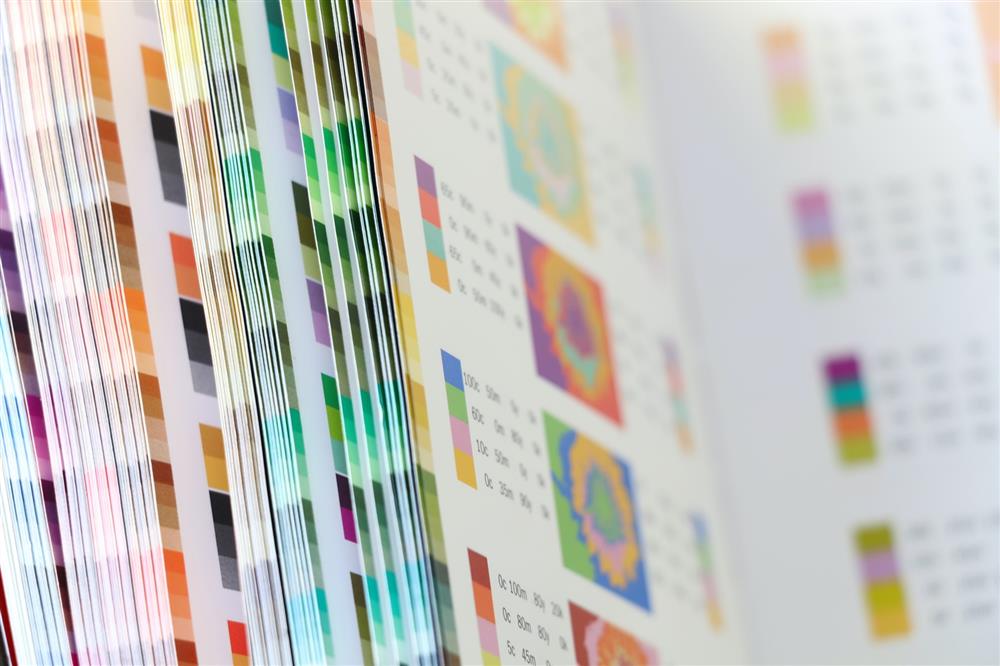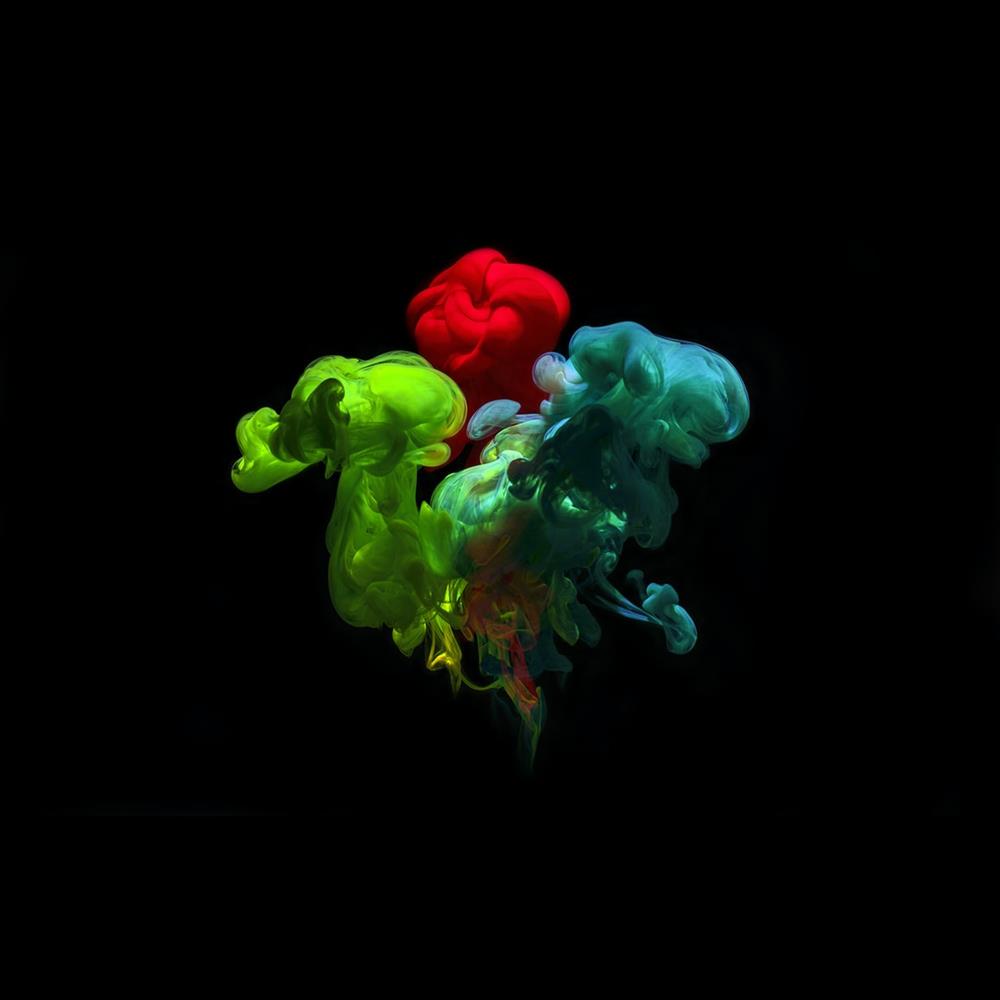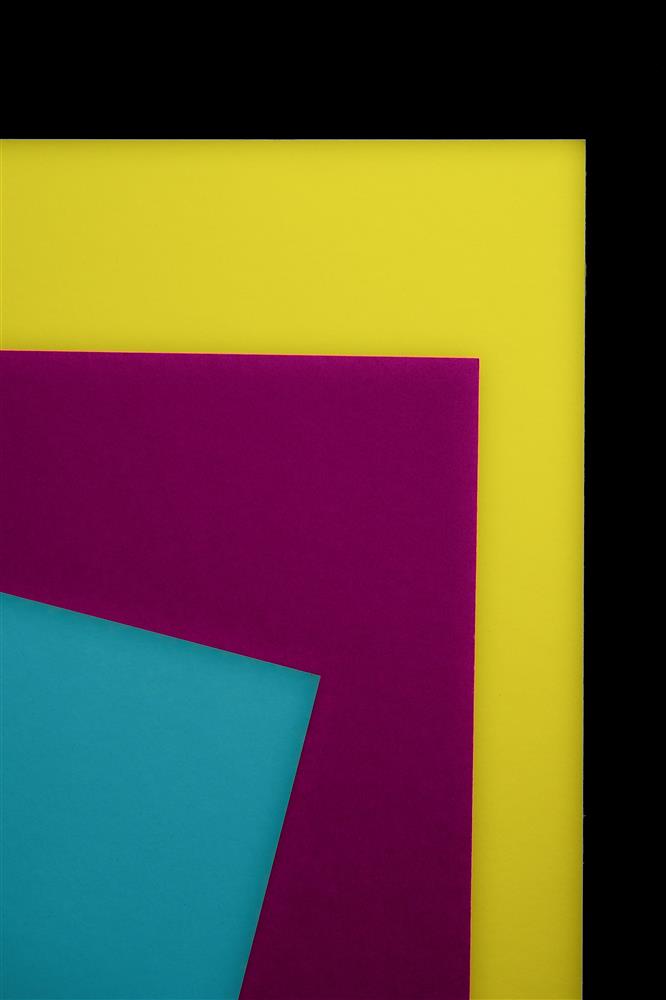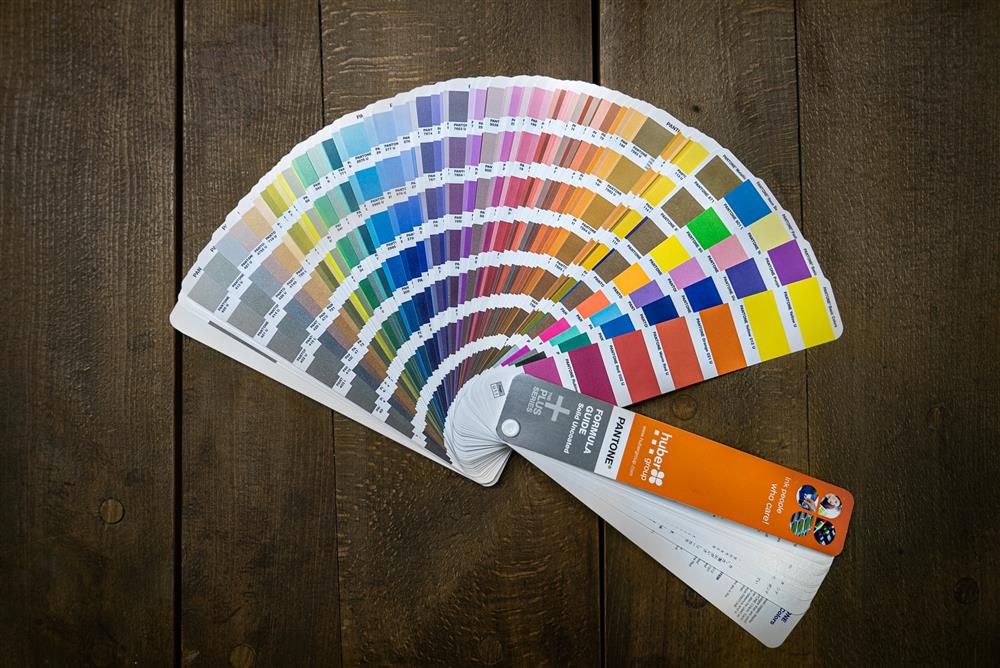
Printing is important for work, school, and your personal needs. Therefore, you of course want your print product to be the same as you designed it. Unfortunately, this is not always the case. One of the issues that are often encountered in the printing business is, the different colour models.
Ever heard of the terms RGB, CMYK and PMS? You might as a company, but we can imagine that as a customer you haven't. This makes it all the more confusing if your print product looks different in comparison to your original design. But don't worry, this blog includes everything you need to know about these different colour models and their usage!

RGB colour model
This model stands for the so-called Red Green and Blue (RGB) colour model. These colours are the basis for all online marketing needs, designs, and everything else that requires a screen to reflect them. It is used for colouring in televisions, computers, laptops, mobile phones, and everything else that requires a screen. The RGB model has, just as the CMYK model, a set of main colours that are mixed to create different ones. Because of its brightness, it's perfect for creating light colours, and combining the three would result in pure white. However, combining two of them would result in other bright colours. For example, green and blue turn into cyan, while red and green result in yellow.
Fundamentally, the design of something is done on a PC or a smartphone that has, as you might know, a screen. Accordingly, it isn't rare that an order includes a design that is created by the usage of the RGB colour model. This model is often used to create the colours that suit your ideal design, but converting it to the CMYK model is essential to print the product correctly according to your design. Doing this is not too difficult because most editing tools have the option to change the colour model.

CMYK is the model used during the printing process and stands for Cyan Magenta Yellow and Key (CMYK). The term key might be unknown to you, but this simply means black. The reason it's called this way is that, in contrast to RGB, combining cyan, magenta, and yellow results in black which is the "key" to printing texts since the paper is originally white. Maybe you've ever already learned about the way light reflects or absorbs during physics or art class. At heart, printing works the same way. White light is used to create brighter colours, while darker colours are created by combining colours.
PMS (Pantone) colour model
The Pantone Matching System (PMS) colour model uses codes to identify colours. This revolutionary invention from the company Pantone is often used in marketing. The reason is, that the PMS model is used all over the world as a general colouring code. Meaning, that it is easily used for branding, promotion, logos, and other marketing-related actions that use visualization as its goal. Unfortunately for Patone, the model consists of in total 1800 different colours that are difficult for printing machines to print. The PMS colour model is, therefore, as mentioned, implemented in most visuals with marketing as a purpose. However, this doesn't mean that it can't be used for printing, but we advise you to only use this if meant for professional usage.

Why is this important to know?
Essentially, Print-based companies such as ourselves can't print files that are delivered in RGB colours, at least not exactly as in your design. Printer machines that use the CMYK colour model implement dithering, grids, and optical techniques to combine colours. Furthermore, these machines put colours on the print product due to which the reflecting light disappears. Resulting in the usage of different colours due to which your design differs from the print-file delivered and a disappointed customer. And that, we want to prevent because HappyPrinting prints to make you smile!
Concluding tips
Finally, we listed a few tips to keep in mind when using HappyPrinting's services.
- Don't deliver your print file in the RGB colour model. Make sure to check and change it to the CMYK model if necessary.
- Is it for professional usage and do you want one specific colour? In that case, PMS-print.
- You can always use your printer at home to confirm whether it's printed the way you want it.
- Marketing or business content? Know the PMS colour codes you normally use for visuals or branding.
- Contact us through our chat function or by calling, because we are always happy to help!
Also, take a look at our other related blogs. It might help prevent disappointment!
We print, you smile!